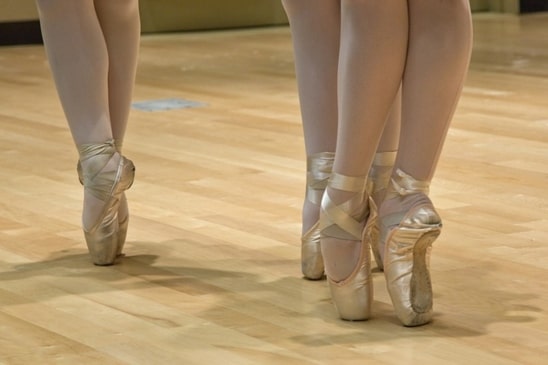This post may contain affiliate links. Please read the disclaimer for more info.
Ankle mobility is quickly becoming a more acknowledged function in the human body. With a huge increase in weight lifting popularity and more awareness of the benefits of deep squatting, people are realizing how crucial it is to have a full range of motion in the ankles.
With this new knowledge often comes the realization that many of us do not have this full flexibility that we need to perform common functions. If you sit throughout most of the day and night, the chances are you don’t have the ability to deep squat anymore. If you walk on completely flat, artificial surfaces all day long, this is another way ankle mobility is slowly lost.
Perhaps the biggest culprit currently accused of taking our flexibility away are the shoes we wear. Traditional shoes with elevated heels have been found to not only make our muscles tighten up, but even shorten them in the cases of the achilles tendon and calf muscles.
With most of these causes being lifestyle-based, I figured we should address these head on with lifestyle-based solutions instead of me just telling you to stretch out.
Here are 3 ways that I have found to naturally increase my ankle mobility:
-
Minimalist Shoes
Minimalist shoes are beneficial for a multitude of reasons but the main ones I want to focus on are the unelevated heel and the thinner sole of the shoe.
The heel of these shoes is lowered back down again so your heel is level with the rest of your foot (as it should be). This allows for your calf muscles and achilles tendon to be fully extended again when in a standing position.
If you are someone who has overpronating feet, this heel drop may even help that problem too. When the body is missing full range of motion, it tends to compensate by mobilizing that part in a different way, hence the pronation.
As for the thinner sole of the shoe, this is not one that many people think about. Our regular, everyday shoes usually have thickly padded soles made of artificial cushion, heel cupping, and arch support. It turns out this is not what works for our feet.
Once your feet are a bit stronger, you realize that they actually need to walk on hard, uneven surfaces in order to develop strength and the ability to grip the ground (similar to how your hand would).
Our feet and ankles can naturally withstand rough terrain if we keep them conditioned to it with things like hill climbing, hiking, trail running, etc.
With the thinner sole in these shoes, your feet are able to feel and engage with the ground. This encourages your feet and ankles to develop strength and adaptability because they are having to use their natural stabilizing muscles when the terrain changes.
-
Less Sitting, More Squatting
I think we all know by now that frequent sitting with compromised posture will do exponential damage to our bodies over time. The ranging issues include weakened glutes and abdominal muscles, coupled with inflexible lower back and hip flexors when sitting is your assumed position. More on this in another article!
The deep squat, however, is the human’s natural resting position. The next time you are around a baby or a small child, notice how they go to ground when they are trying to pick something up. They are still so flexible that they don’t even have to adjust their feet to get down into a perfect squat and it all happens seamlessly because its NATURAL!
To start squatting again, just start with a seated squat with your butt on a yoga block or something low to the ground. Or, what I like to do, get into the ideal position but rest your back against the wall so you don’t tip over. Your body will start to thank you for taking the load off of it.
-
Anterior Pelvic Tilt/Poor Posture



Leave a Reply